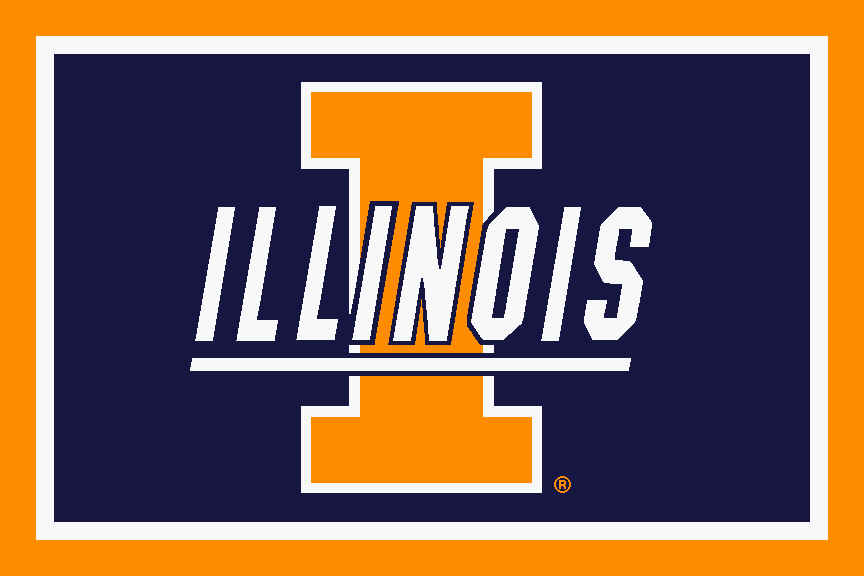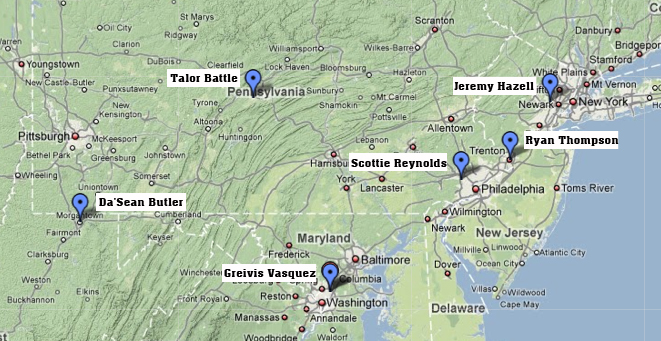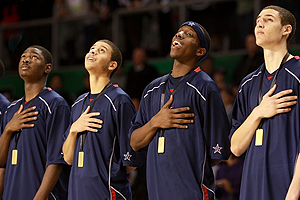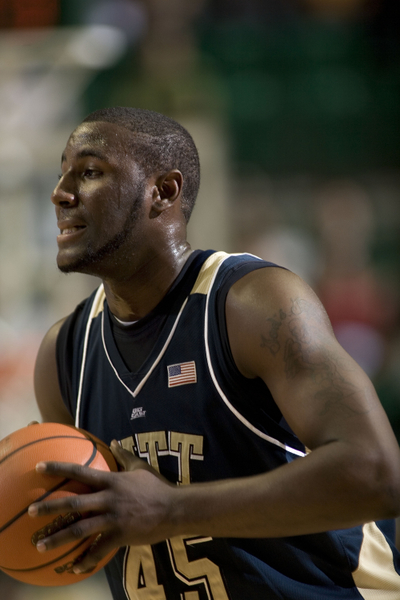All-Time Sagarin Ratings: Duke Isn’t Going to Be Happy About This
Posted by rtmsf on October 5th, 2009Quick. Name the top six programs of all-time.
(waiting…)
If the names Duke, Indiana, Kansas, Kentucky, North Carolina and UCLA didn’t come immediately to mind, then you probably shouldn’t be reading this site. The gummy bear picture that you’re looking for is somewhere else. These six schools represent, oh, only about half of the NCAA championships, a boatload of great players and tradition, and somewhere in the neighborhood of 11,000 wins. Not too shabby.
Now, who would you have on the next tier of great programs? Certainly Louisville, Ohio St., Cincinnati, Syracuse, Michigan St., NC State and some others would have a good argument, right? You might even throw an Oklahoma St. (two titles as A&M) or a Georgetown in there, right? Riddle us this, though. Where would you place a program that has been admittedly solid over the years, but even with five Final Fours on its resume, has never quite grasped the brass ring itself?
If you’re a computer program such as Jeff Sagarin’s all-time college basketball ratings (released today as part of the ESPN CBB Encyclopedia out tomorrow), you might rank that program sixth. As in, the sixth best program in college basketball history. Ahead of Duke, Louisville, and all but the elites mentioned above. And therein lies the problem with purely quantitative analysis such as this – whether it’s the BCS or the Helms Titles – there absolutely must be a qualitative component where you can consider the look and feel of what you’re evaluating, or you end up with an embarrassing result that suggests Illinois is the sixth best college basketball program of all-time.
Look, we have nothing against the Illini. There’s no question that the Big Ten stalwart is one of the top twenty programs ever, as five F4s, plenty of great players from Red Kerr to Deron Williams, and a long history of achievement will attest. But if the boys from Urbana-Champaign are one of the top six programs in history, having never won a national title (and only sniffing it once, in 2005), well, we simply cannot accept that result. By contrast, the #7 team in Sagarin’s all-time ratings, Duke, has by itself won three titles, been a runner-up six other times, and enjoyed the final weekend another five times. How is this possible?
Aggregation of data is how. At some point during Duke’s long basketball history, their ‘down’ periods were worse than Illinois’ even though Duke’s ‘up’ periods are much better, and despite all the phenomenal success of the Blue Devil program over the course of 72 years of basketball, Illinois’ profile looked slightly stronger in Jeff Sagarin’s insane mind on paper (although after reviewing all-time records here and here, we’re still having trouble figuring that out).
Ed. Note: we just learned that the methodology JS used was to double the value of NCAA Tournament wins vs. regular wins, with no regard for when they occurred. We’d have thought that Sagarin might have put a little more thought into that, eh? Perhaps giving bonuses for winning games deeper into March, perhaps?
Here are some other head scratchers:
-
#10 Iowa – with 3 F4s and no titles, this could be even more egregious than the Illinois selection at #6.
-
#25 USC – there is literally nobody in the Pac-10 who would agree with this.
-
#34 California – Stanford will be pleased to know that their rival school with a title and runner-up is below the Cardinal.
-
#38 Maryland – one spot behind Wake Forest and its sole F4 appearance. Hilarious.
-
#49 Arizona – we understand why Arizona is so low (same with UConn), but good grief…
-
#54 Connecticut – Calhoun and Olson are those programs, historically speaking, but we have trouble seeing a two-title team this low.
-
#64 Florida – speaking of two titles…
-
#77 Northwestern – yes the same NW who has never been to the NCAA Tournament. Not once.
-
#149 Rutgers – not a head scratcher, but this is the lowest BCS program on the list.
Turns out we’re not the only ones sitting around and wondering just what happened here.































![14709032855_Villanova_v_Pittsburgh[1]](http://rushthecourt.net/wp-content/uploads/2009/10/14709032855_Villanova_v_Pittsburgh1.jpg)
![21160330_North_Carolina_v_Miami[1]](http://rushthecourt.net/wp-content/uploads/2009/09/21160330_North_Carolina_v_Miami1.jpg)


![4390903142044_Ohio_St_v_Michigan_St[1]](http://rushthecourt.net/wp-content/uploads/2009/08/4390903142044_Ohio_St_v_Michigan_St1.jpg)















